The model you were looking for is no longer available
Taconic offers a robust selection of mice and rats, and you can explore our best-selling portfolios and services below.
Don't see what you're looking for? Reach out to a field applications scientist for a complimentary consultation to help you find the right model for your research needs.


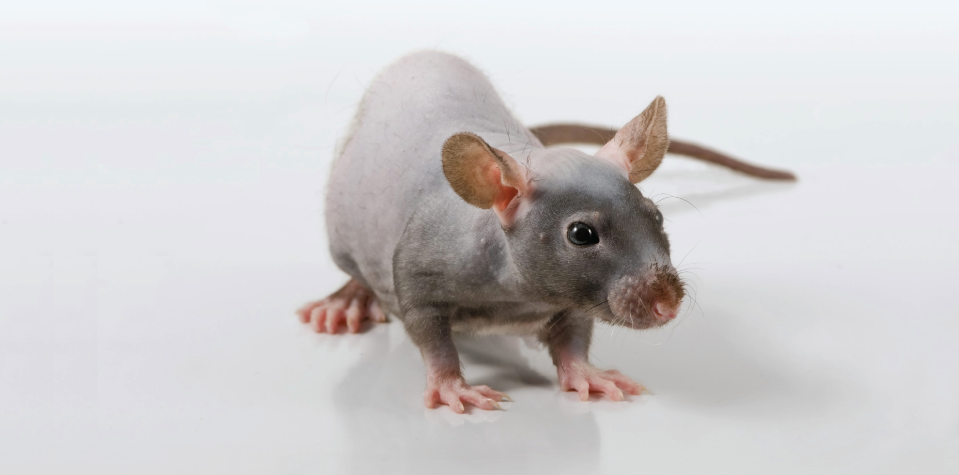
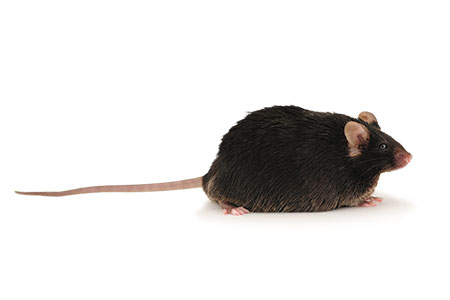
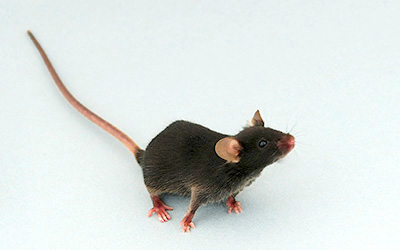
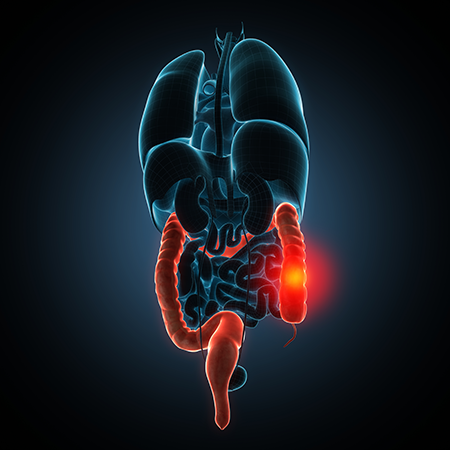




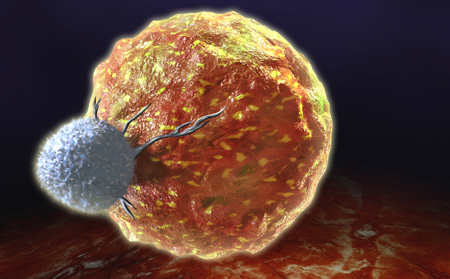


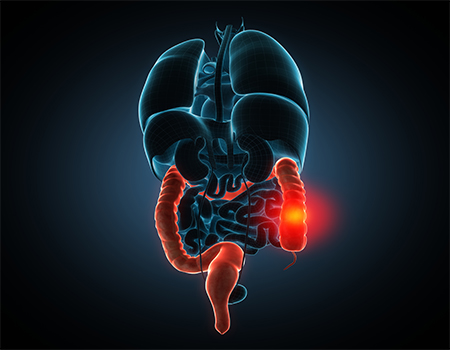
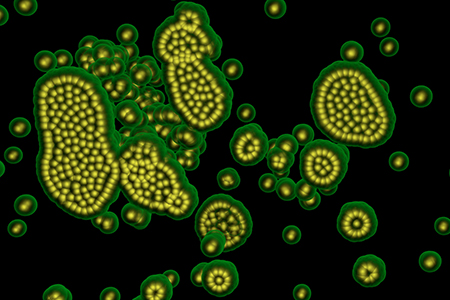

.jpg)

.jpg)
.jpg)
.jpg)
.jpg)



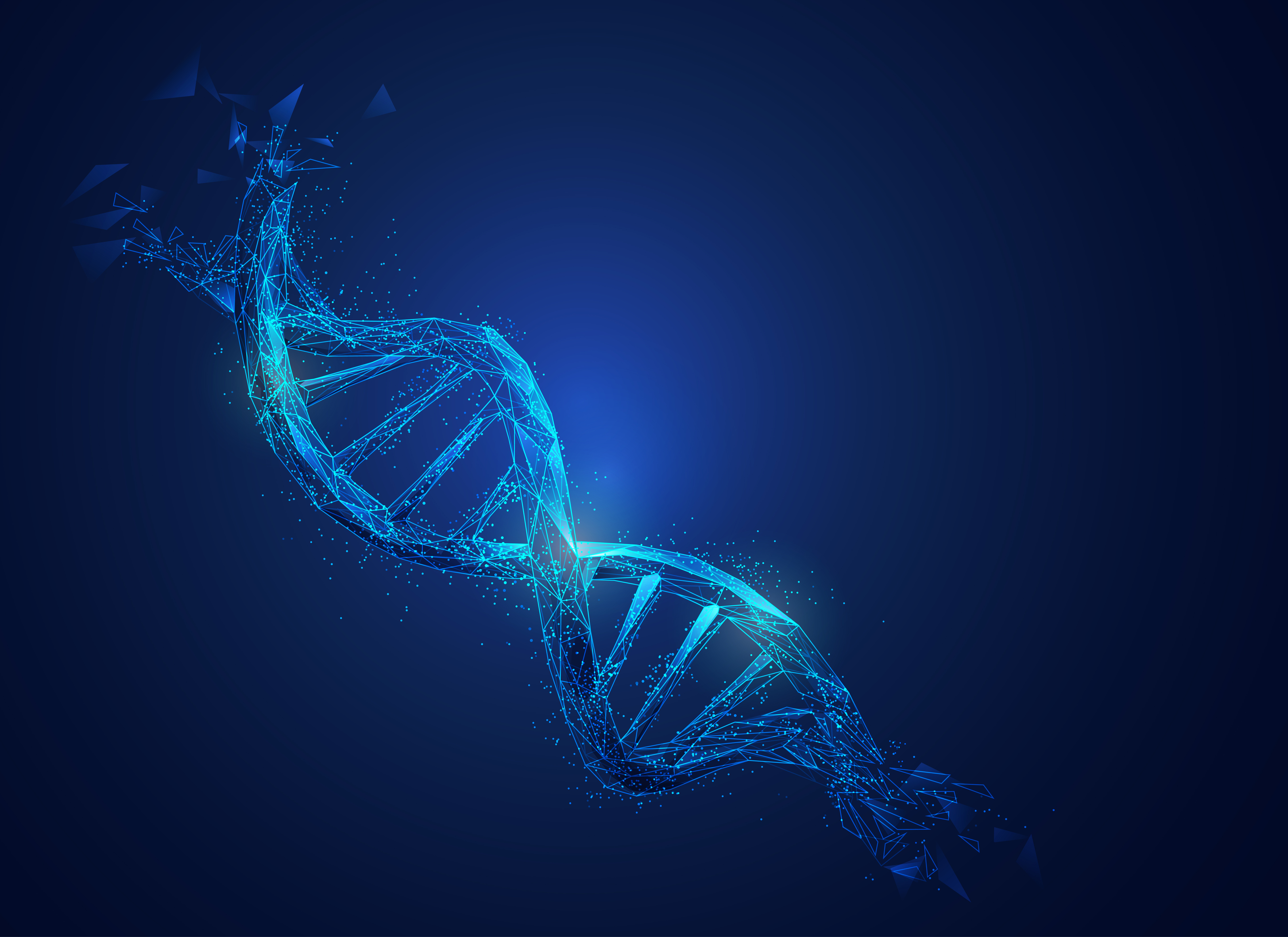
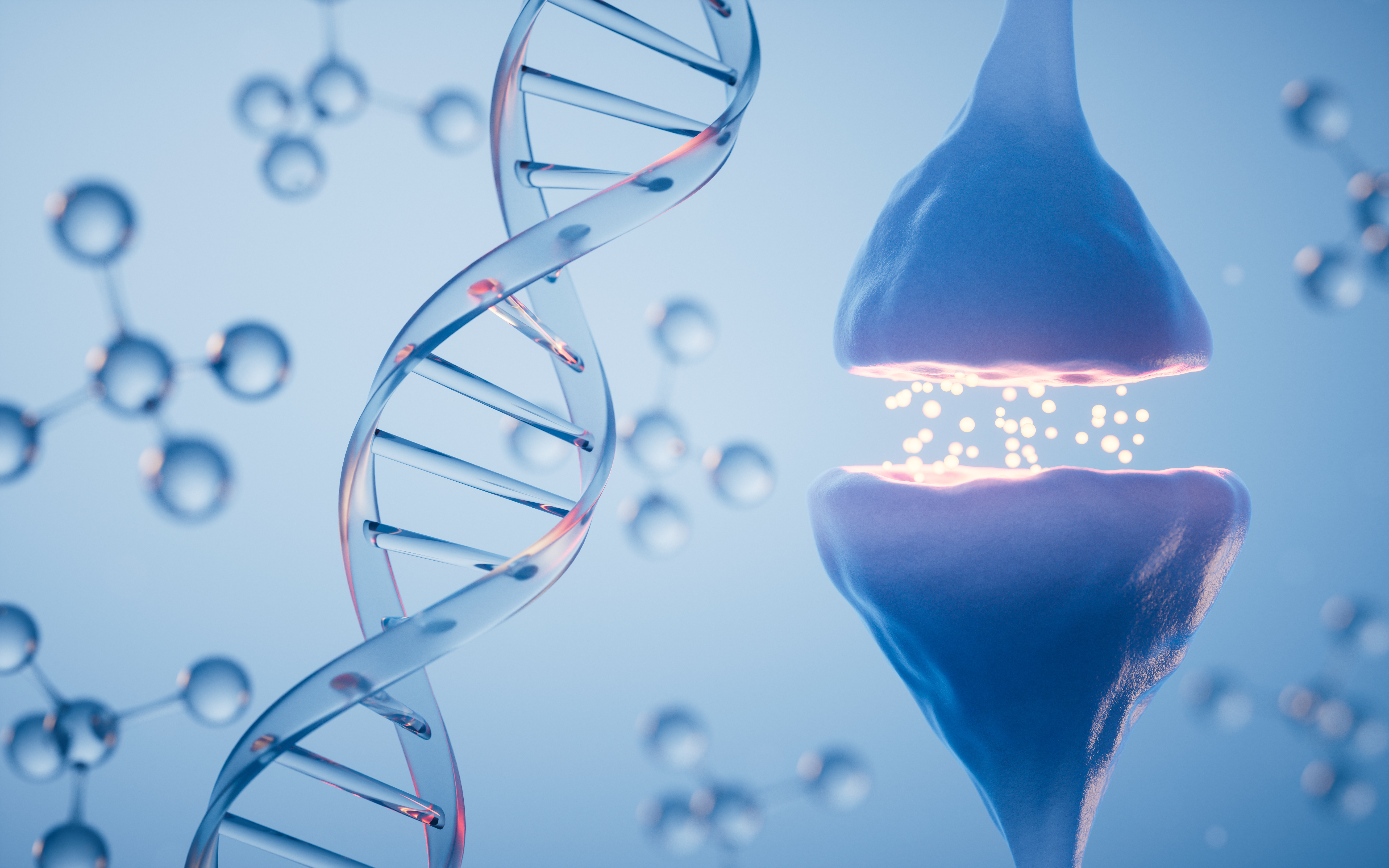
.jpg)


.jpg)
.jpg)




.jpg)




.jpg)

.jpg)

















?ts=1729877756505&dpr=off)